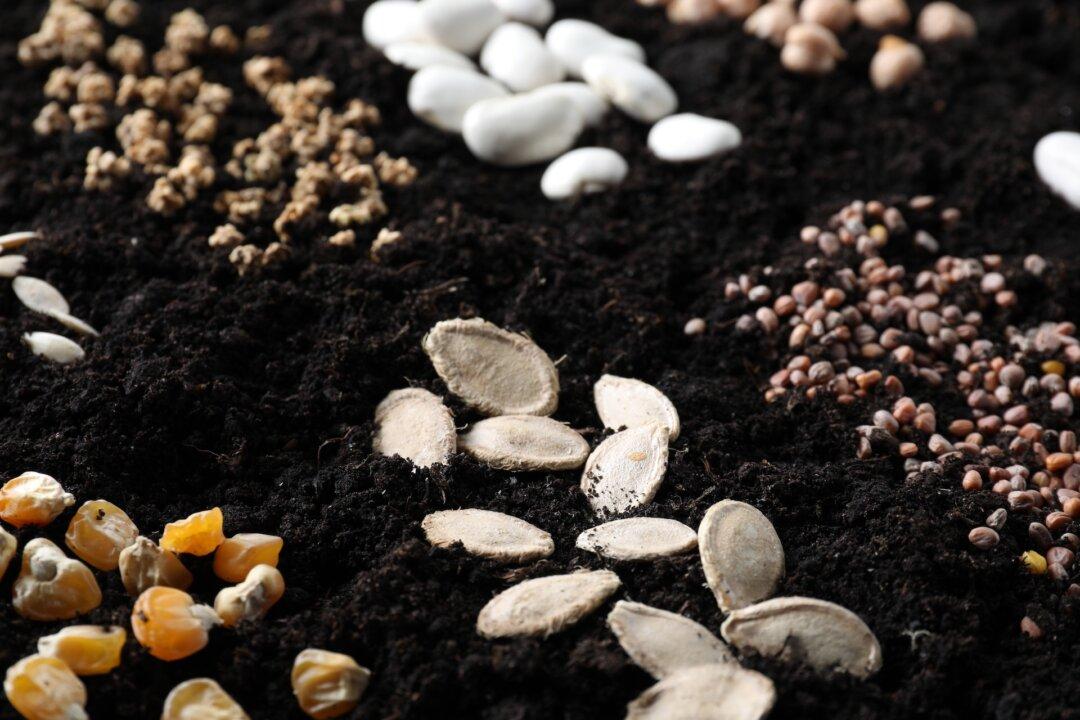The way that a new potato variety is propagated is by dividing the tubers into smaller pieces that are planted where they will grow into new plants that produce even more tubers.
That is the way that all potatoes sold to gardeners are grown. The potato that is sold for planting is the same as any other potato of that variety; it was just saved for planting. Potato tubers are short sections of stems. Each eye is a node that has buds for growing new stems and roots.
We don’t want the potato eyes to sprout while they are in storage before we eat them, so grocery store potatoes are often treated to prevent the eyes from growing. The potatoes sold for growing in the garden are not treated, so the eyes will sprout.
Growing potatoes is a fun garden project. Now is the time to start planting them in much of the country. They should be planted in a location with full sun two to four weeks before the last frost date in your area. Although if you don’t get around to planting them, they can be planted until early summer, and you will still get a crop.
Potatoes grow best in acidic, sandy, or loose soil. Soggy soil will rot the potatoes. If you have bad soil, potatoes grow very well in large containers and grow bags in a standard potting soil mix.
Seed potatoes are often small, about the size of a golf ball. They can be planted as-is. Larger potatoes, or even small ones, can be cut into pieces. Each piece must have an eye. Each piece should be about two inches across. The cuts must be left to cure for a few days before planting, so don’t cut them as you plant.
More eyes per piece or a whole potato will grow more potatoes. Smaller pieces will grow fewer but larger potatoes. One pound of seed potatoes will plant out into about five feet of garden row and produce about 10 pounds of potatoes if given good growing conditions.
When you buy or store the potatoes, they may start growing in the dark. They will send up long white, pale pink, or green sprouts that break easily. Carefully plant them several inches deep, even if you have to bury the whole sprout.
If you want to sprout the potatoes early, before they are planted outdoors, you can do an optional process called chitting, or greening the potato. Place each potato with as many eyes up as possible in an egg carton or tray. Place the tray in a bright, warm location. The sprouts will be shorter and sturdier. You can start the chitting process a month before the planned planting date.






